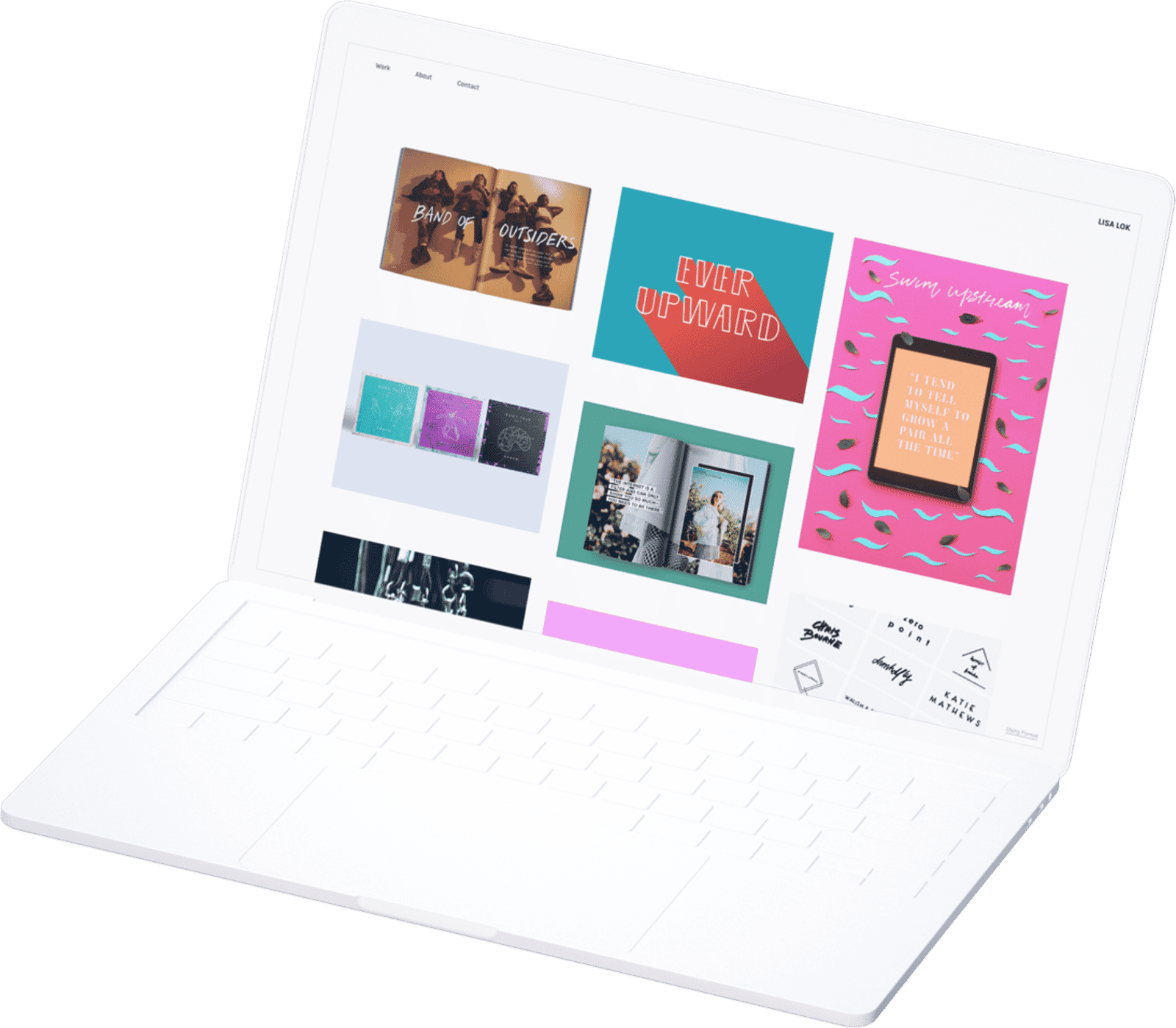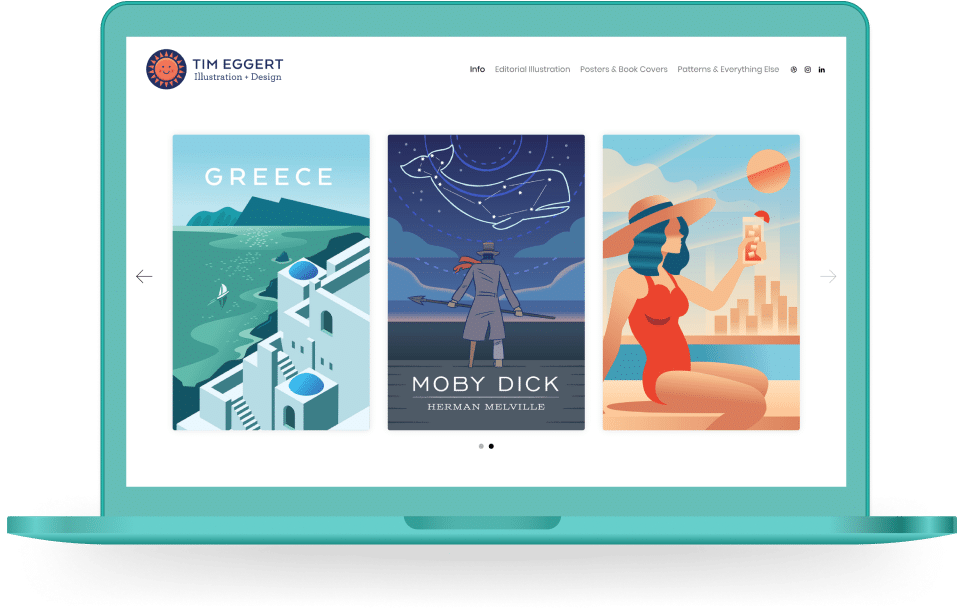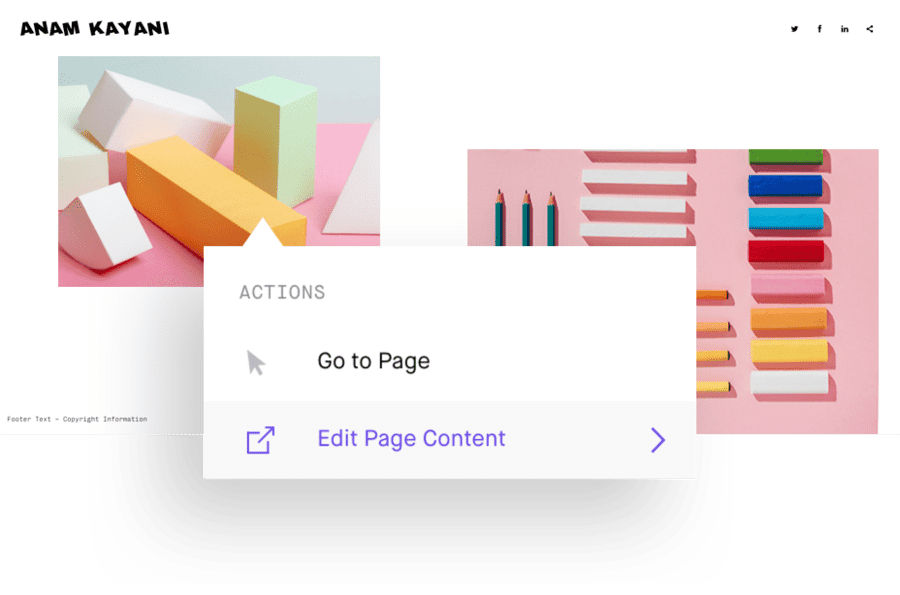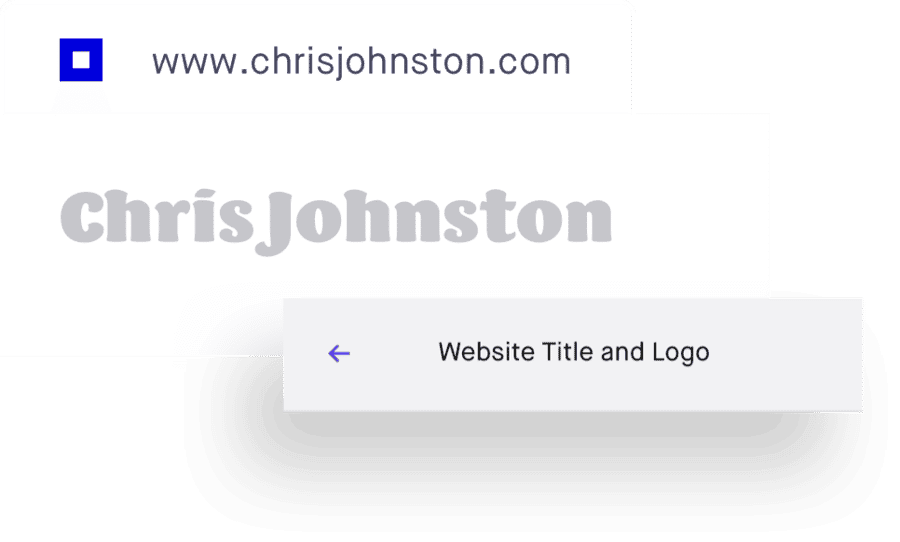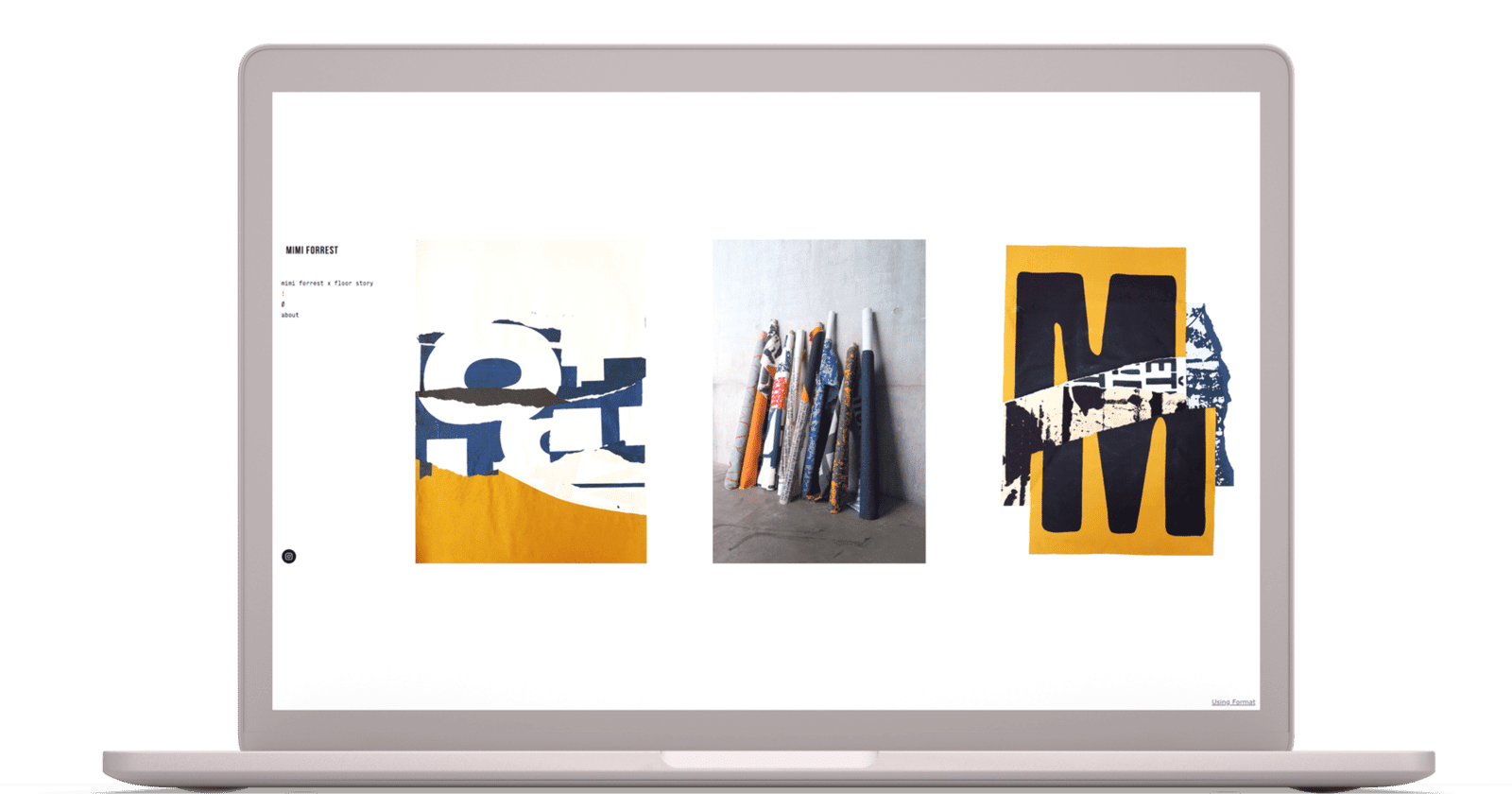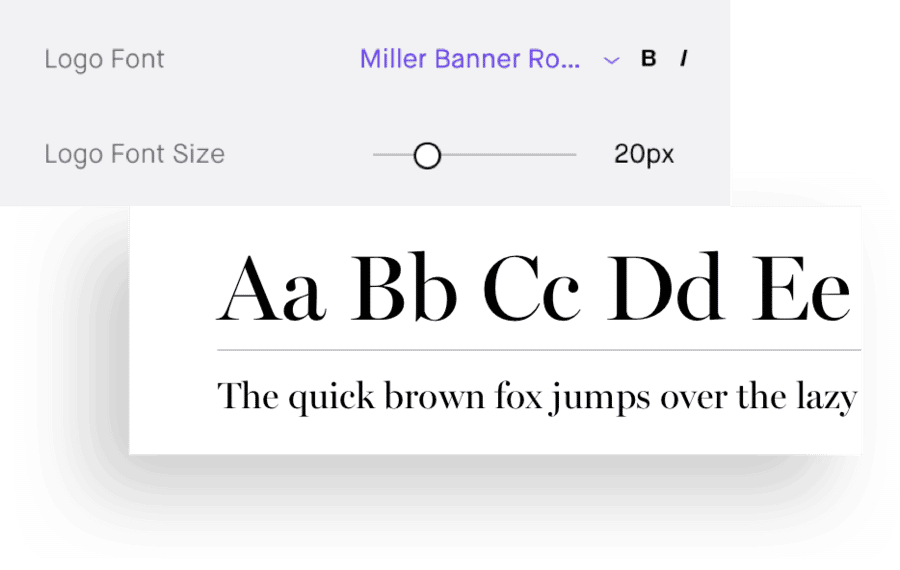
Why Designers Need an Online Portfolio Website
Don’t think you need a portfolio site? Here are three ways designers can benefit from maintaining a portfolio website.
Portfolio websites have a much wider reach. Unlike physical portfolios, which can only be shared at face-to-face meetings, websites are accessible pretty much anytime and anywhere, allowing you to connect with potential clients from all over the world.
Portfolio sites are flexible and easy to customize. Want to change your template? Edit a caption? Replace an entire gallery? With a portfolio site, all of these can be done in just a few clicks. Whereas a physical portfolio needs to be reprinted and organized by hand.
Portfolio websites cut your work in half. With a website, you get a virtual gallery, a marketing tool, and a digital calling card all rolled into one. Instead of having to introduce yourself, talk about your work, and give out your contact details to interested parties over and over again, your website does all your work for you.
